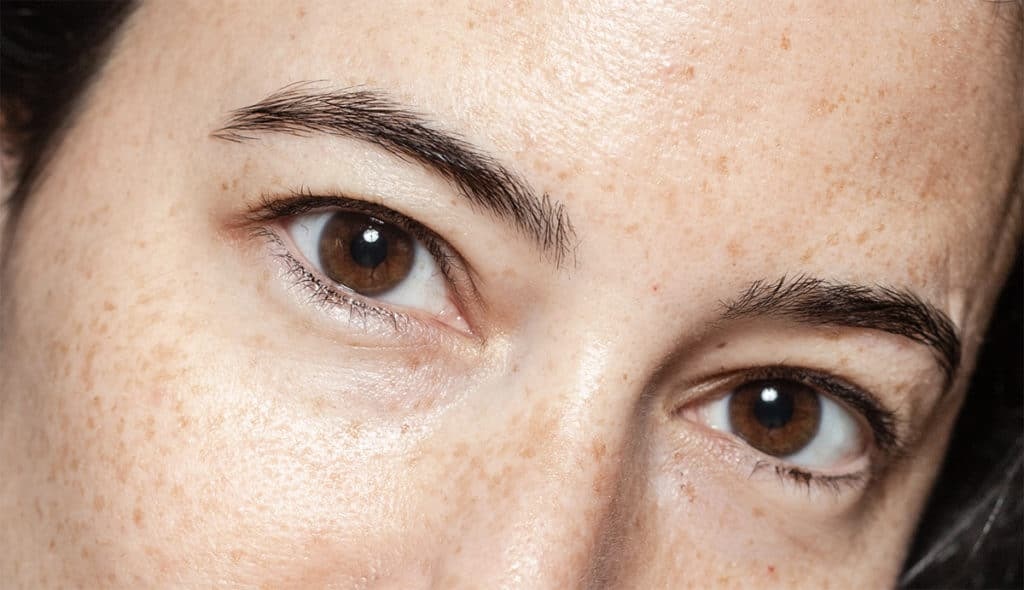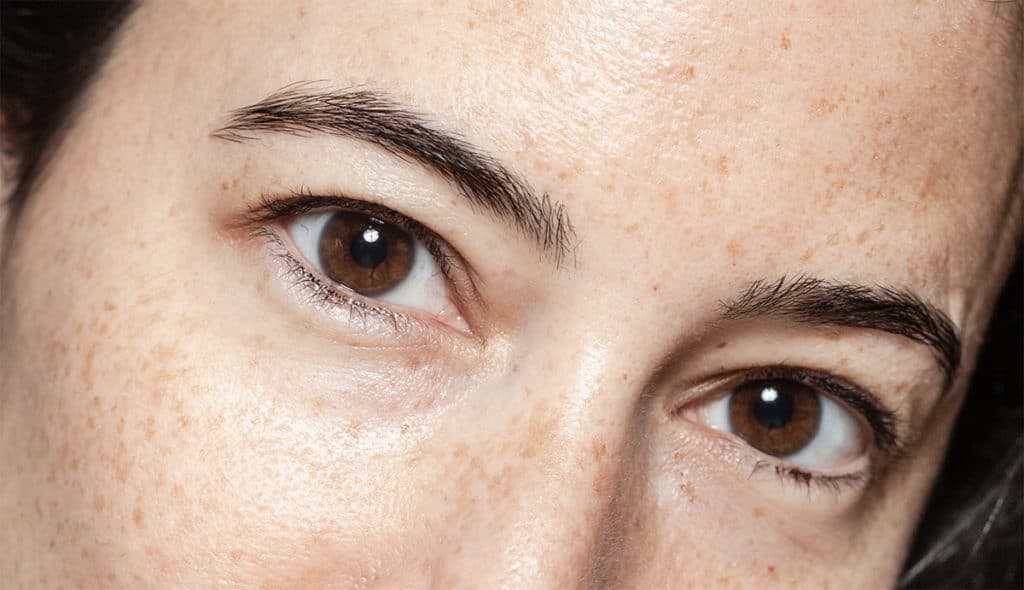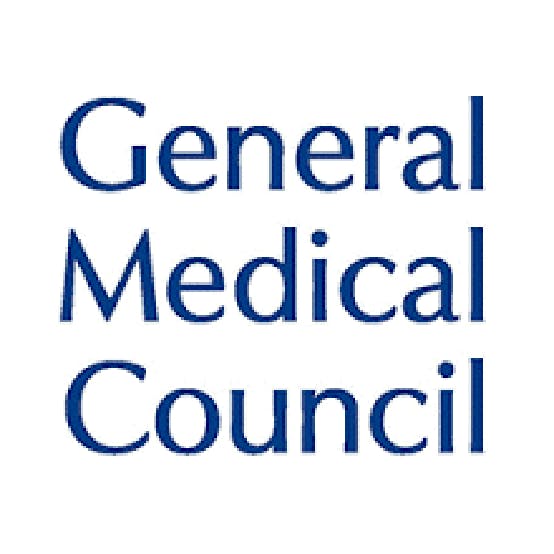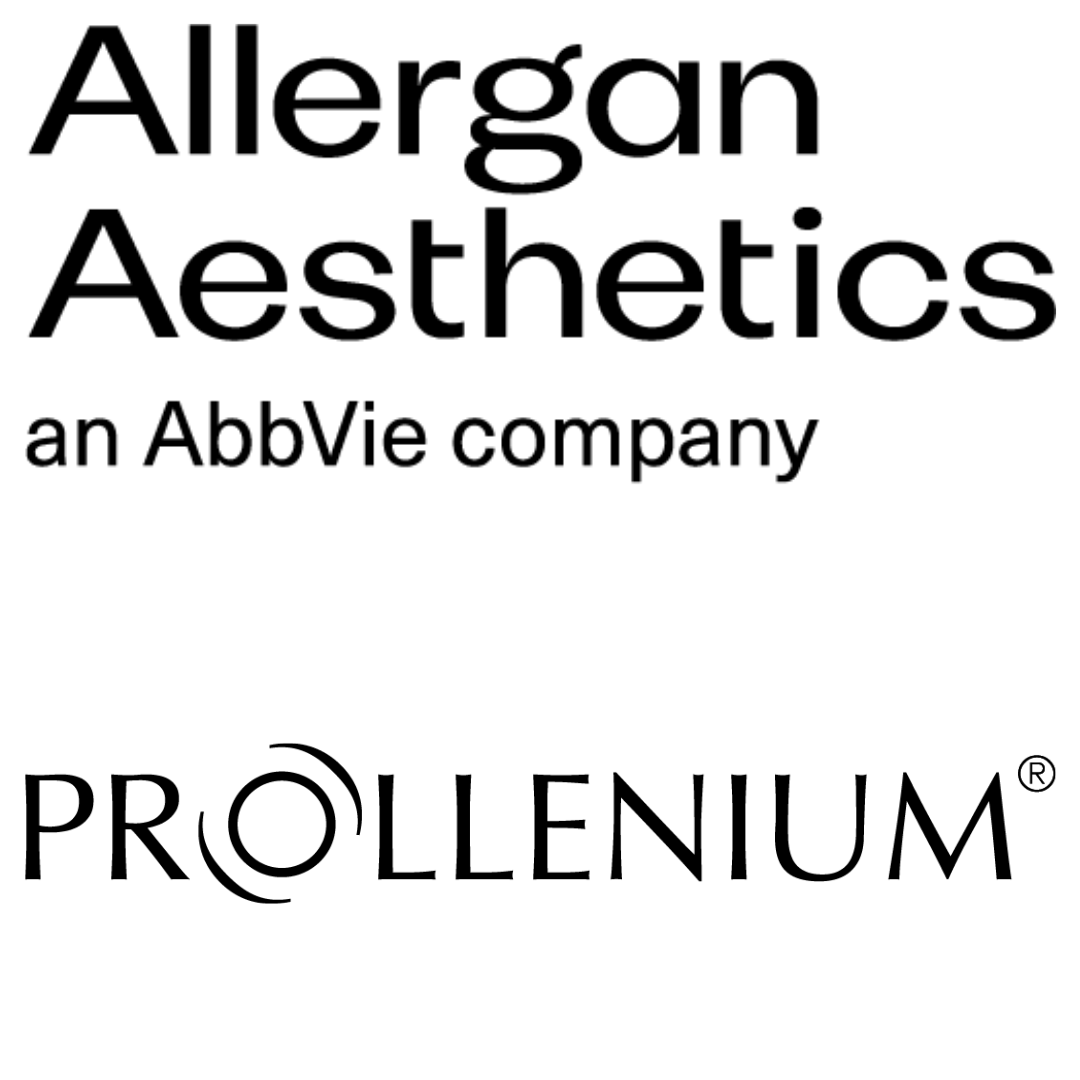Botulinum Toxin: Treating Patients With Hooded Eyelids

One area aesthetics students often struggle with is administering botulinum toxin when treating patients with hooded eyelids. The reason for this is the risk of causing ptosis – drooping of the upper eyelid.
Hooded eyelids are the result of skin folding downwards from the brow bone – either from birth or as a result of ageing – over the crease. Whilst there are grades of how hooded the lid is, additional drooping of this eyelid is largely unwanted and may impede sight.
This is a complex area which can cause doubt even in fully-qualified aesthetics practitioners early on. However, with a thorough understanding of the theory and plenty of hands-on experience, learning how to deal with hooded eyelids should become second nature soon enough. Continues below.

An example of hooded eyelids
Botox and ptosis
When working with botulinum toxin it is crucial to understand proper placement based on the individual’s facial anatomy. In addition to unique facial features, everyone has different muscle strength and sensitivity.
Placement of botulinum toxin needs to take all this into account so it is injected into the right area, at the right depth. Failure to do so can cause ptosis and affect the muscles which control movement of the eyebrows and/or eyelids. This can result in a ptosis of the eyelid or the eyebrow. However, it can also cause the eyebrows to rise, giving a startled appearance to patients, if treatment is not lateral enough in the frontalis muscle.
If a patient already has extremely hooded eyelids prior to treatment, the risk of ptosis is generally a signal that they are unsuitable for botulinum toxin in the frontalis muscle.
For patients who wish to have their brows or lids raised slightly, being able to define the precise botox injection site(s) to achieve this is an advanced skill. In essence, it revolves around treating the depressors of the brow to create lift – primarily the glabellar complex and the superior fibres of the orbicularis oculi muscles.
Aesthetics specialists weigh in
Dr Rachna Murthy, an award-winning consultant oculoplastic surgeon and aesthetics specialist at Face Restoration London, recently gave her thoughts on this.
She recommends taking the time to properly explore the glabellar corridor area, particularly where the patient has very hooded eyelids or a lined glabellar area. Dr Murthy likes to use micro-doses of toxin, emphasising how these must be placed correctly, when addressing such issues.
Her comments were made during an aesthetic medicine discussion on social media app, Clubhouse. The discussion centred around feedback from the public after tennis personality Judy Murray went public with her aesthetics makeover.
People were quick to point out how her eyebrows appeared to be more wide-set in her most recent photos, compared to before she started undergoing a range of cosmetic procedures. These included botox, dermal fillers and microneedling. Judy Murray, as can be seen here, has hooded eyelids. Continues below.

Dr Murthy, who did not treat Judy Murray, explained: “…eyebrows can appear widened depending on the muscle sensitivity in this area. can be used to help raise brows but there is also the potential for eyebrow droop if it is not administered correctly. Some people may have poor muscle function in the muscle that controls the eyelids, so it is important to check for this each time.”
It is worth noting that what would generally be considered an eyelid lift cannot be achieved with botulinum toxin alone. This usually requires upper eyelid surgery or blepharoplasty procedures.
Perfecting your technique as an injector involves paying close attention to a number of factors. These include anatomy, facial structure and placement of your product. It is also as important to understand when not to treat someone and how to talk to your patients about potential complications.
As Harley Academy creative director and aesthetics specialist, Dr Marcus Mehta advises, “The key thing here is if someone has very hooded eyelids they will not be appropriate for frontalis treatment – it’s best to treat the glabellar complex. The frontalis should never be treated in isolation due to the risk of knocking out the only elevator of the brow resulting in a potential drop in brow position”.
Learning how to place botulinum toxin
Placement of botulinum toxin is obviously always extremely important, especially when the patient has hooded eyelids.
Harley Academy students taking the Level 7 Diploma in Botox & Dermal Fillers start by learning the key theory required to make such intricate toxin placement decisions. This includes:
- facial muscle functions and locations
- conducting facial assessments
- needle placement and optimal injector techniques
- how to avoid potential complications
- managing any complications which do arise.
Further to this they are guided through the hands-on practice of treating patients by experienced aesthetics specialists. and are supported through each stage of the learning process.
This allows future injectors to build their confidence at each step whilst supported by expert aesthetics trainers. From speaking to the patient and conducting a full clinical consultation through to administering injectables and advising on after care, students are fully supported and assisted.
For those who feel they may benefit from additional practical training with one-to-one guided learning, we now offer 1:1 Injectables Training Sessions.
This tailored learning is of huge benefit as an add-on to existing courses for those wanting extra support in specific areas. It is also great for medical professionals who have completed Foundation Training in Aesthetic Medicine and want to perfect certain techniques whilst further bolstering their skills and confidence.
Having this level of specialist pedagogical oversight is invaluable in terms of both learning and enhancing confidence. It allows those wishing to start their aesthetics practice to begin with significant patient experience compared to other new injectors who may enter the profession after simply completing a one-day course.
Whether it’s understanding how to deal with hooded eyelids or how to prevent vascular occlusion, aesthetic medicine has many pearls and pitfalls. As such, enhancing your theoretical and practical knowledge – plus having a reliable peer support system, such as the Comma, to bounce ideas off – is indispensable.
All information correct at the time of publication












